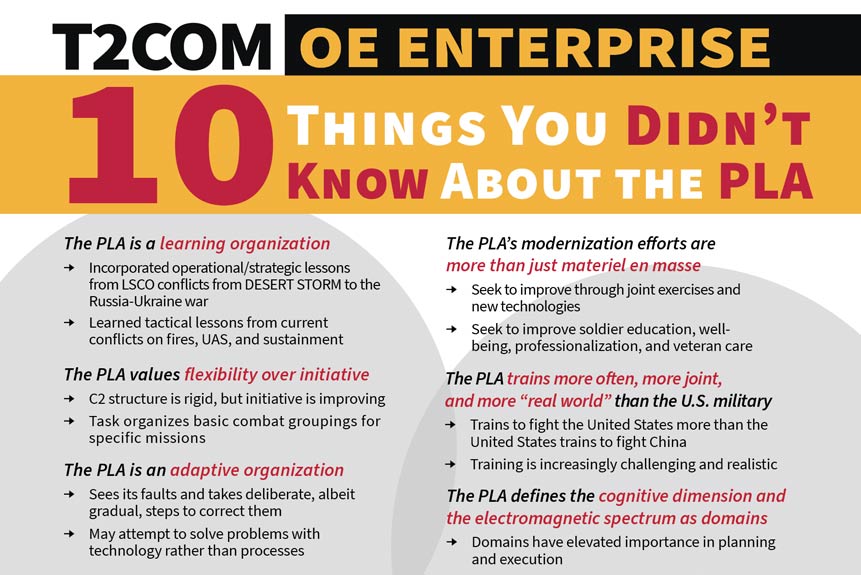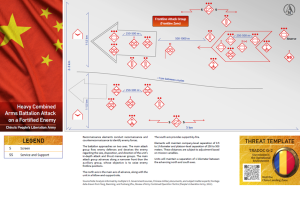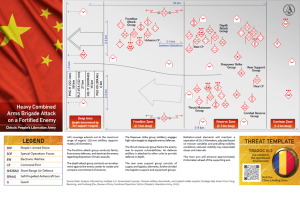10 Things You Didn’t Know About The PLA
By T2COM G2
Distribution A: Approved for public release
File Size:
408 KB
File Type:
Page Count:
1
Share & Get The Message Out
The People’s Liberation Army (PLA) is a rapidly evolving force, demanding a nuanced understanding from U.S. military planners. Here are 10 key characteristics shaping its capabilities and approach to warfare:
- A Learning Organization: The PLA actively studies conflicts (DESERT STORM, Iraq/Afghanistan, Ukraine) and adapts its doctrine, particularly in fires, UAS, and sustainment.
- Flexibility Over Initiative: While C2 remains relatively rigid, the PLA prioritizes flexible task organization for mission-specific deployments, though fostering initiative remains a challenge.
- Adaptive, But Cautious: The PLA acknowledges weaknesses and pursues deliberate improvements, often favoring technological solutions over cultural shifts.
- Modernization Beyond Materiel: While fielding high-quality equipment in large numbers, the PLA invests heavily in personnel–education, well-being, professionalization, and veteran care.
- Training Advantage: The PLA trains more frequently, jointly, and realistically than the U.S. military, with a primary focus on potential conflict with the United States.
- Domains of Warfare: The PLA recognizes the cognitive dimension and electromagnetic spectrum as critical domains, elevating their importance in planning and requiring increased training and integration.
- Fighting on Their Terms: The PLA aims to compel the U.S. to fight its fight through asymmetric approaches and joint operations emphasizing cognitive domain operations.
- Dual Priorities: Some PLA units (combined-arms brigades) prioritize battlefield effectiveness (e.g., Taiwan), while others (Beijing/Tibet regiments) focus on domestic stability and Party preservation.
- Political Officers: More Than Commissars: PLA political officers focus on morale, welfare, training, and employ the “Three Warfares” (public opinion, psychological, and legal) during combat.
- Lawfare & the Law of Armed Conflict: China mostly adheres to international law but will exploit legal ambiguities (“lawfare”) to achieve strategic objectives.Understanding these characteristics is crucial for developing effective strategies, training, and force structures to counter the PLA’s evolving capabilities.
#PLA #China #MilitaryAnalysis #NationalSecurity #DoD #USMilitary #Warfare #CognitiveWarfare #Lawfare #AsymmetricWarfare #JointOperations #Training #Intelligence #StrategicCompetition
Related Products
FY 2025 Operational Environment Running Estimate
T2COM OE Threat Assessment 1-1, How China Fights in Large-Scale Combat Operations
Exploiter Series: Sociocultural Exploitation of Bangladesh
China’s People’s Liberation Army Heavy Infantry Company Attack on a Fortified Enemy Threat Template
North Korea’s Ukraine War Involvement Signals Escalating Cooperation Among U.S. Adversaries
China’s People’s Liberation Army Heavy Combined Arms Brigade Attack on a Fortified Enemy Threat
China Accelerates Modernization by Applying Lessons From Russia-Ukraine War













